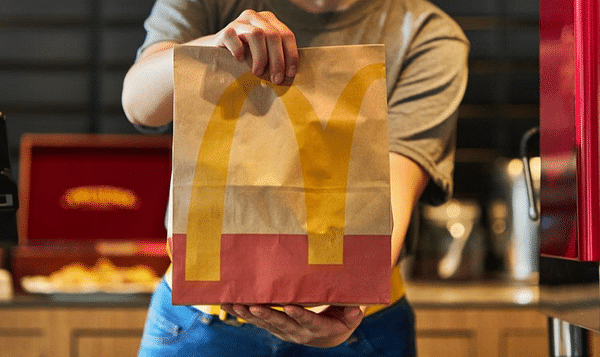The Freedonia group has published a market research report "Foodservice Packaging to 2014: Bulk &Portion Control" here are some of the hifghlights of the report.
US demand to climb 2.5 annually through 2014
US demand for foodservice packaging is forecast to climb 2.5 percent per year to $7.9 billion in 2014. Growth will be driven by rising disposable personal income levels and expanding foodservice revenues as consumers continue to favor convenient, ready-to-eat foods that provide a change of pace from meals prepared at home.
Flexible packaging demand to outpace rigid
Flexible packaging demand will outpace rigid packaging, advancing 3.3 percent per annum through 2014. Gains will be bolstered by cost, convenience and performance advantages over rigid containers. In addition, concerns about sustainability and environmental friendliness will continue to impact all areas of the packaging industry, benefiting flexible foodservice packaging since such packaging occupies less space in landfills and consumes less material than rigid alternatives.
Pouches are expected to post the fastest gains of all flexible foodservice packaging types, with growth often coming at the expense of metal cans. Bags and sacks will remain the leading flexible packaging format in foodservice uses based on advantages of low cost and suitability for a wide range of food packaging applications.
Rigid foodservice packaging demand is expected to increase 1.9 percent per year through 2014. Gains will be limited by loss of share to flexible alternatives, as well as a moderation in materials pricing, particularly in metal cans.
However, growth will be supported by the widespread use of corrugated boxes as shipping containers for a broad range of food items. In addition, demand will be bolstered by healthy gains for plastic containers as a result of heightened use of single-serving plastic ketchup containers, which are making inroads at the expense of pouches. Good prospects for paperboard containers will result from the environmental friendliness of paperboard packaging and inroads by aseptic cartons in many metal can applications.
Baked goods to be fastest growing application
Fruits and vegetables;and meat, poultry, seafood and eggs were the leading applications for foodservice packaging in 2009, together accounting for 50 percent of demand. Through 2014, foodservice packaging used in baked goods applications will post the fastest gains based on an acceleration in baked goods shipments in real terms and the popularity of snack/bakery/coffee shops. Solid advances in specialty processed food applications will stem from the increasing importance of pre-made food items that can speed food preparation, reduce labor costs and give the appearance of being made from scratch.











